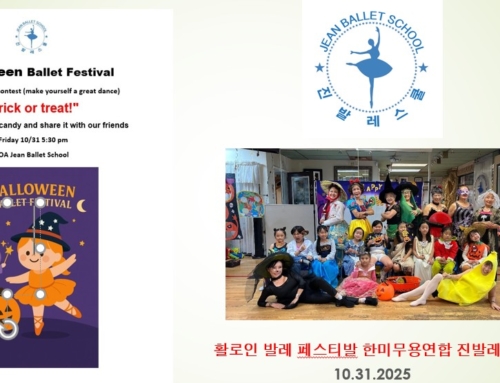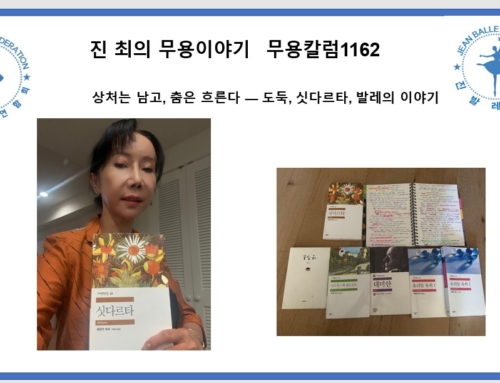What Flows in Silence – Reading Endō Shūsaku’s Deep River and Silence
The book of the romantic reading group in May was “Deep River” by Shusaku Endo. Reading this book reminded me of my sister who passed away from the distant light 15 years ago. She couldn’t overcome the pain of colon cancer and ended her life without saying anything. Strangely, however, she wasn’t the one who left. Rather, she was the one who “remains quiet.” Someone who breathes together invisible, talks to me often in memory even though they don’t speak. Perhaps because of her quiet presence, we were able to survive silently surrounding her absence.
Then, five years later, one spring day, we went on a trip to India. The day before the trip, the second sister dreamed. “I’m on India.” The older sister’s voice in the dream was not the voice of the dead, but rather an echo of a memory still alive somewhere. We laughed soothingly, saying, “Maybe true” on the one hand and “It can’t be, it’s just a superstition.” Between faith and doubt, between reality and wind, the mind was swaying quietly.
Was that why? During our trip, we kept looking closely at the five-year-old children. The streets were crowded with scruffy kids begging for a dollar, and a scary thought suddenly crossed my mind. What if my sister had been reincarnated like this? The thought turned us away from the children approaching us. Then we met a child who looked exactly like her sister’s childhood, standing quietly beside us in a famous tourist attraction. The child was out of sync with the surrounding landscape, strangely neat, and looked radiant somewhere. The child, who looked at us with clear eyes silently, was natural as if he were our party from the beginning. At that moment we said to ourselves, “Yes, this might be her sister.” It was not a belief, but an unexplained sense of comfort and tranquility enveloped our hearts.
The child’s parents were kind, and we took pictures together and had a warm conversation. It was a short meeting, but the moment lingered in my mind for a long time. And as I read “Deep River” again, I felt the emotion quietly rising in me.
The novel follows the journey of four Japanese (a husband who has lost his wife and is deeply lost, a former soldier who suffers from guilt for committing a massacre in the war, a woman who leaves in search of an unforgettable lover, and a priest who wanders on the path of faith) who face the essence of human existence between life and death, atonement and salvation, faith and futility in Varanasi.
The moment I read the story of Gu Gwan-jo in the work, I suddenly thought of the bird that appears in Han Kang’s “I don’t say goodbye.” Then, the guide trip of the monk Beopjeong, who was asleep somewhere in my head, suddenly came to mind, and I looked for the bookshelf again. The moment one book calls out another book and one scene awakens another memory, it is the way my own reading is completed, and it is the joy of quietly connecting sentences and thoughts in me.
Looking back now, my trip to India at that time was just a journey that passed by the colorful surface. We laughed, took pictures, and posed against a strange backdrop in front of the Taj Mahal, but we didn’t really face the real face of India. We didn’t go to Varanasi, the oldest city where death and life flow together. This is because the group tour course didn’t include it. People didn’t like it because it was too poor and too messy. But after reading “The Deep River,” I thought about it again.
Could it be that the deepest truth of human existence was at the place where he turned away as dirty? The appearance of those who accept death as daily life and remain silent by the river came to this book so unfamiliar and sublimely. It was not a place I wanted to avoid, but a place that I could barely reach at the end of my life, a place that accepted the essence of existence like a river flowing silently. I really want to go to Varanasi someday. To see beyond the appearance and inside it. I think I can understand the meaning of the word “I’m in India” that my sister whispered in the land where we face death as part of our lives without hiding it from fear. I don’t know yet if I have the courage to dip my feet in the Ganges.
With that lingering feeling, I unfolded another piece, “Silence,” by the same author. I felt heavy throughout the reading, and the questions continued endlessly. In 17th-century Japan, a great number of believers who sacrificed their lives to preserve their faith, and Rodrigo, a Portuguese missionary who eventually apostates while trying to save them. He asks God. Why don’t you say anything, why are you silent? “Silence” was not just a religious novel. Watching people being tortured, Rodrigo’s conflict between his faith and someone’s life came not only to God’s problem, but to the depths of human suffering, responsibility, and choice. He eventually treads on the image of Jesus. It is an act of betrayal and at the same time the most human decision to save someone. And at that moment, he hears God’s voice for the first time. I allowed you to tread on it. I was by your side.
Reading the scene, I remembered Aristotle’s “poetry.” He said. Tragedy raises compassion and fear, resulting in catharsis that purifies that emotion. “Silence” was such a tragedy. I felt compassion for Rodrigo’s shaking, and I felt afraid, substituting myself in front of his choice. And as I followed that long journey, I experienced a silent, yet profound, purification of emotion. I covered this book, and stayed for a long time in an unspeakable reverberation. Endo Shusaku. I had him in my mind as the best writer of my life.
Why do I read books? Maybe it’s to cross the world instead that I have never lived in. Following the pain of others, feeling relieved, permeating their sadness, and compassing, and washing away the feelings that serenely swirl in me at the end in the name of catharsis. Then, I take another step closer to myself. Reading a book is a reflection for me. And the reflection continues on stage. Dance is a story that flows without words. The body becomes language, silence becomes a confession, and the fingertips tremble where tears need to flow. That’s why I keep dancing. Throughout my life, I face numerous silences. The absence of a lost person, the feelings of not understanding, the pain that I can’t say in words. But the moment my body speaks it on stage and the silent words touch someone’s heart, I learn life again. The deep river and silence were. The silence held me still, and in it, I raise my body again and dance. There are no words, but my heart flows. Even today, in the language of art, I put my heart into one movement and one breath, and I float another silence on the stage.
And I am grateful to be able to share all of this journey of thought and emotion within the warm community of romantic reading groups. Reading books and discussing here go beyond simple intellectual activities and become an aesthetic and philosophical life training that extends me to a wider and deeper existence. As a result, I am gradually growing more in this place where I read and speak together.
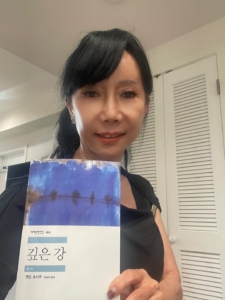
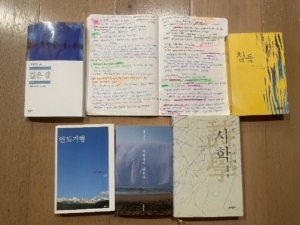


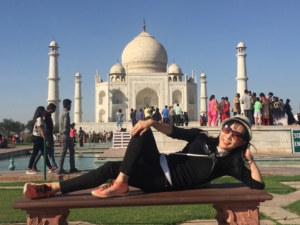

www.koadance.org www.balletjean.com
한미무용연합회. 진발레스쿨
3727 West. 6th Street #607. LA CA 90020
Tel: 323-428-4429
#DeepRiverAndSilence #WhatFlowsInSilence #DanceOfStillness #ArtAndCatharsis #LiteraryReflection#JeanBalletSchool #JeanChoiDanceStory #KOADanceFederation



